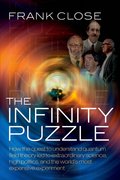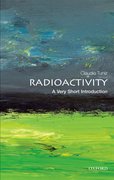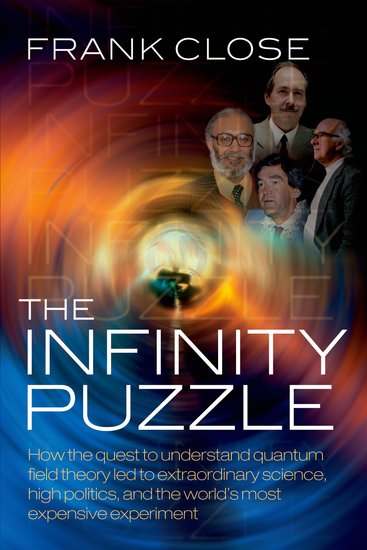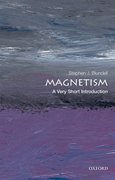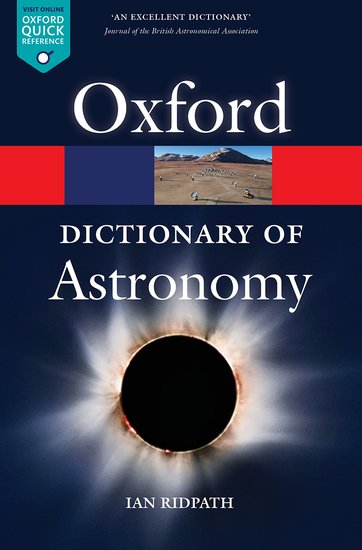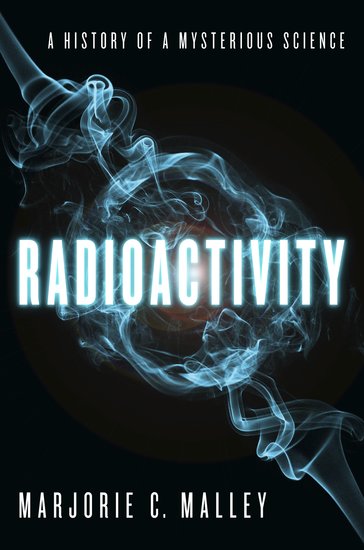Edinburgh International Book Festival: Frank Close and Peter Higgs
By Frank Close
When I interviewed Peter Higgs at the Borders Book Festival in Melrose in June, he had been waiting 48 years to see if his eponymous boson exists. On July 4 CERN announced the discovery of what looks very much like the real thing. On August 13 I am sharing the stage with Peter again, this time in Edinburgh. We shall be discussing his boson and my book The Infinity Puzzle, which relates the marathon quest to find it. How has his life changed?

